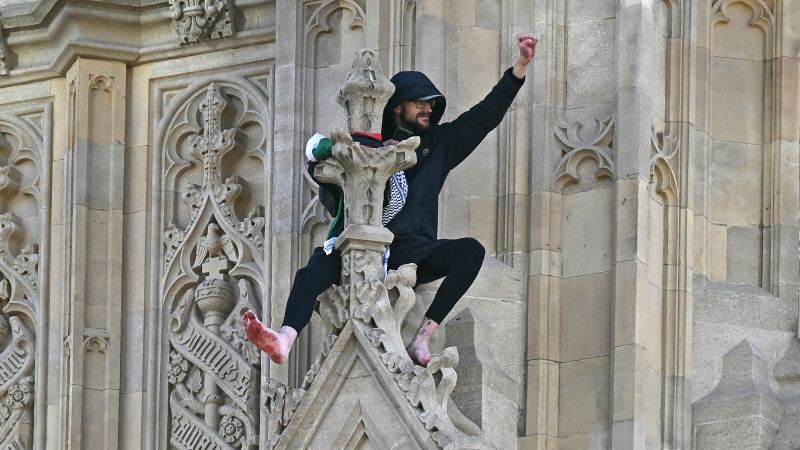What to know about the new TGL golf league and its rules of play – The Boston Globe

TGL is played indoors, specifically in one 250,000-square-foot building constructed on the campus of Palm Beach State College near West Palm Beach, Fla. Think of it as a jumbo TV studio. There are 1,500 seats ringing the arena, but TGL is first and foremost a made-for-TV production.
There are six teams, each designated with a city’s name — Boston, New York, Atlanta, Los Angeles, San Francisco, and nearby Jupiter, Fla.
There are four players per team, but the team owners have more to do with the city than they do. Teams are controlled by owners from major sports leagues, with Fenway Sports Group, whose principal owner John Henry also owns the Globe, owning the Boston team; Steve Cohen of the Mets owning the New York team; and Arthur Blank of the Falcons owning the Atlanta team.
There is one match per week, with three players, one sitting out.
Each two-hour match is divided into two parts played over 15 holes.
The first phase is triples, meaning three vs. three, the players on each team alternating shots over nine holes. The team with the fewer shots on the hole earns 1 point.
That’s followed by the singles phase, with head-to-head play over six holes, with the same scoring system.
There’s a shot clock, a referee, teams can call timeouts, plus a team that’s feeling good about its chances on a certain hole can “throw the hammer” and raise the stakes (hole points) if the other team agrees.
A team win is worth 2 points, and the losing team can only gain 1 point if it loses in overtime.
At the end of the regular season, the top four teams will meet, the field narrowed to a championship match in the third round.
Inside the venue, the matches are played in a mix of simulator and traditional play. This is where the technology meets the sport.
Each match features 15 different holes, with top course designers recruited to design creative (think lava fields and ocean cliffs) and traditional TGL-only courses.
The drive off a tee means hitting into a giant — 64 feet by 46 feet — simulator screen that’s about 24 times the size of a simulator you might be familiar with at your local Five Iron Golf or Topgolf.
Right after the ball hits the screen, computerized graphics trace the ball’s flight to the fairway, bunker, green or elsewhere. Once the ball is about 50 feet from the pin, the teams literally turn around to play in the GreenZone, a space that’s roughly the size of a football field. Players will spot their ball where the computer and cameras indicate it landed.
The green and bunkers sit on a giant turntable with pneumatic jacks located under the grass to create an undulating terrain specific to each hole.
Michael Silverman can be reached at michael.silverman@globe.com.
Related
5 Things I Never Play Golf Without: David Dusek
Our 11-handicap equipment writer always brings his favorite divot repair tool, a portable speaker and some high-tech gear to the course.As long as the weather i
Donald Trump’s golf course wrecked by pro-Palestine protesters
Pro-Palestinian protesters have vandalized parts of U.S. President Donald Trump's golf course in Scotland in response to his proposal for the reconstruction of
Man holding Palestinian flag scales London’s Big Ben hours after…
CNN — Emergency services were called to London’s Palace of Westminster on Saturday a
EPD: Drunk driver parked car on golf course
EVANSVILLE, Ind. (WFIE) - Evansville police say they arrested a man after finding him drunk in his car that was parked on a golf course.Officers say they were c











